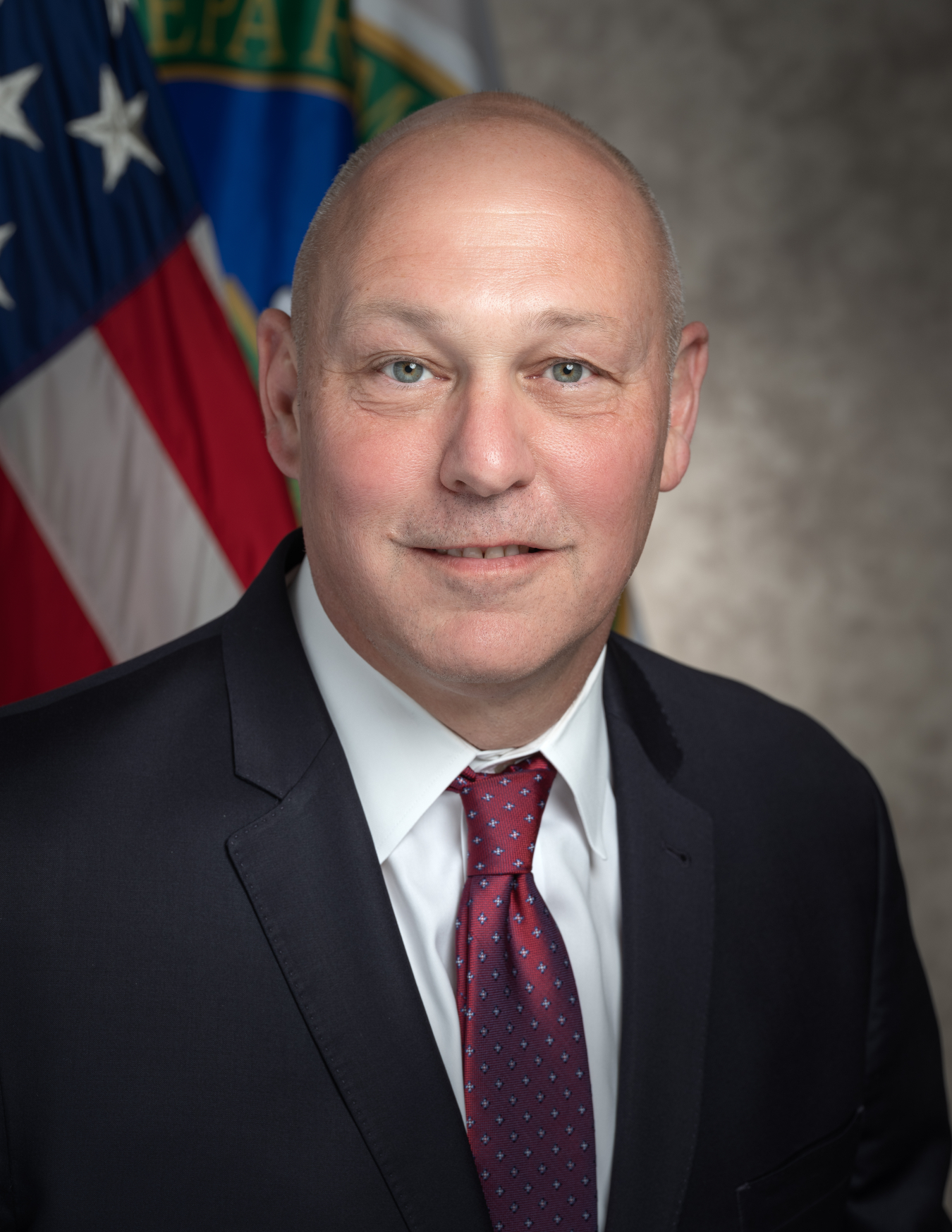The DOE’s Office of Science is collaborating with NASA to bring our space research to new heights.
January 6, 2021The Department of Energy (DOE) and its predecessor agencies have partnered with the U.S. space program for decades. As the United States works to realize a 21st century vision for space, there will be new frontiers of space – and of space science – to explore. While the DOE’s Office of Science (SC) already contributes to the goals of the U.S. space program, we’re redoubling our partnership with NASA and doing more planning to be ready for this future.
Most famously, the DOE’s Office of Nuclear Energy manages the production of the plutonium-238 radioisotope thermal power generators used for deep space probes. The DOE Isotope Program is exploring other radioisotopes for commercial power sources for terrestrial and space applications.
There are a number of other areas where we work together:
- We partnered with NASA to build the Large Area Telescope, the primary instrument on the Fermi Gamma-ray Space Telescope.
- The Alpha Magnetic Spectrometer (AMS) on the International Space Station is currently taking precision measurements of high-energy cosmic particles. Thanks to the longstanding relationship between SC, NASA, and the international AMS team, this mission continues now that NASA has replaced key components of the AMS cooling system via one of the most complex set of space walks ever performed.
- Plasma science experiments and computer codes provide knowledge and data that improve our understanding of complex space weather phenomena. This work is leading to more accurate models and predictions that let us reduce the risk to our nation’s space-based assets.
- Ion beams produced by Brookhaven’s Relativistic Heavy Ion Collider and Berkeley Lab’s 88-inch cyclotron, both supported by SC’s Office of Nuclear Physics, enable researchers to study the effects of the space environment on living systems and electronics.
- Researchers use our X-ray light and neutron sources to understand the composition of materials returned from space missions.
- Astrophysicists utilize our supercomputers to precisely analyze data collected from observations in space and to plan for future space telescope missions.
SC will continue to contribute science for space. The goals of NASA’s Artemis program, which include a sustained human presence on the Moon, will require new discoveries and innovations. The capabilities we maintain across the DOE National Laboratories and our university grantees, coupled with our “science at scale” superpowers, makes SC a critical asset for achieving the Nation’s goals in space.
But SC is also positioned to take advantage of the opportunities presented for science in space. Expanding our presence in low Earth orbit and building a permanent facility on the Moon will open entirely new environments for us to conduct research. This research could include investigations into the effects of microgravity and the space radiation environment on materials and living systems. The environment of the Moon’s far side is an opportunity to develop and deploy next generation radio telescopes to expand our understanding of the universe.
DOE and NASA recently signed a new Memorandum of Understanding that identifies areas of mutual interest across science, energy, and national security. An Executive Committee, led by the Deputy Secretary of Energy and Deputy Administrator of NASA, is guiding this partnership. As part of this committee, I am co-leading a science and innovation working group that will identify where the SC and NASA science portfolios intersect and present opportunities for research we can tackle together. Finally, I’m encouraging our labs, with their unique skills and capabilities, to strengthen their relationships and build new connections with NASA’s research and space flight centers.
SC will continue to deliver the transformative discoveries needed to achieve our nation’s bold vision for space and will encourage our communities to tackle the biggest scientific challenges in our understanding of the universe by utilizing future space-based capabilities.
The Office of Science is the single largest supporter of basic research in the physical sciences in the United States and is working to address some of the most pressing challenges of our time. For more information please visit /science
Dr. Chris Fall

Dr. Chris Fall served as Director of the Department of Energy's Office of Science, the lead federal agency supporting fundamental scientific research for energy and the nation's largest supporter of basic research in the physical sciences. He oversaw the Office's two principal thrusts: direct support of scientific research, and development, construction, and operation of unique, open-access scientific user facilities that are made available to external researchers. The Office of Science also is responsible for stewardship of 10 of the Department's 17 national laboratories.
Before joining the Office of Science, Fall served as a Senior Advisor to the Undersecretary for Energy and as Acting Director of DOE's Advanced Research Projects Agency-Energy (ARPA-E). Fall came to DOE from the Office of Naval Research (ONR), where he served for more than seven years in a variety of roles including Acting Chief Scientist and Lead for the Research Directorate, Deputy Director of Research, Director of the International Liaison Office, and the ONR Innovation Fellow. While on loan from ONR, Fall served for three years in the White House Office of Science and Technology Policy as Assistant Director for Defense Programs and then as Acting Lead for the National Security and International Affairs Division. Before government service, Fall was a faculty member at the University of Illinois at Chicago, and he completed postdoctoral fellowships at the University of California at Davis Institute for Theoretical Dynamics and the New York University Center for Neural Science.
Fall earned a Ph.D. in Neuroscience and a B.S. in Mechanical Engineering from the University of Virginia. He also holds an MBA from Northwestern University's Kellogg School of Management.

